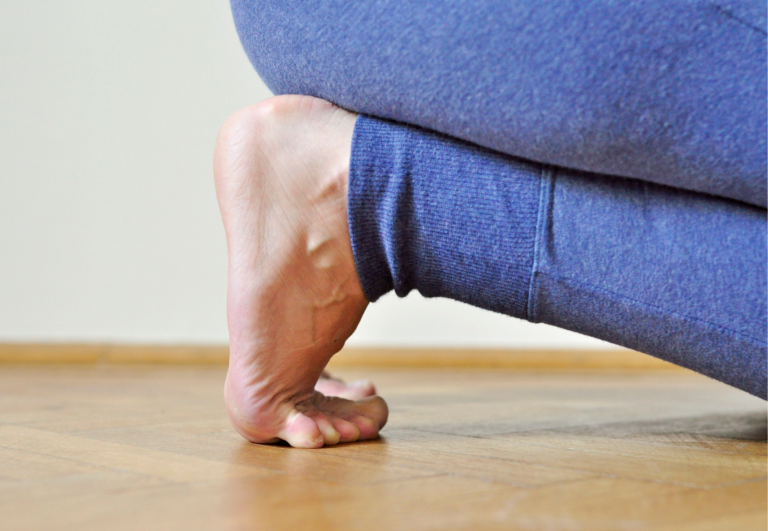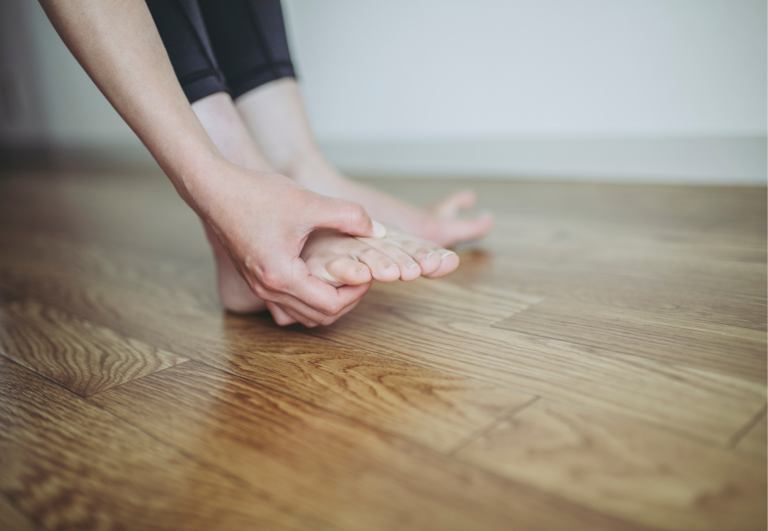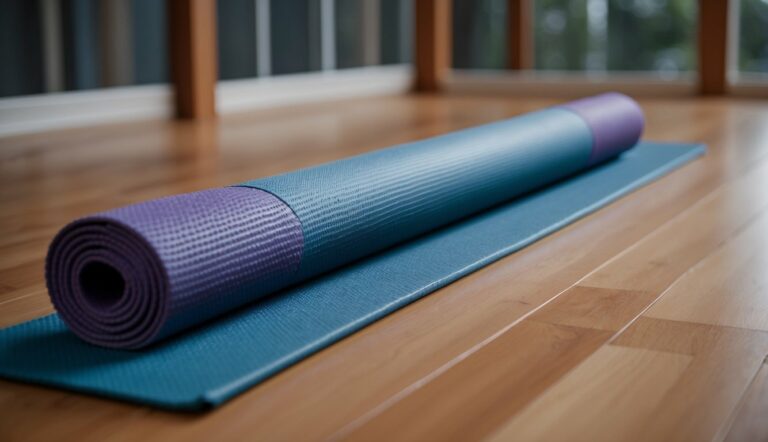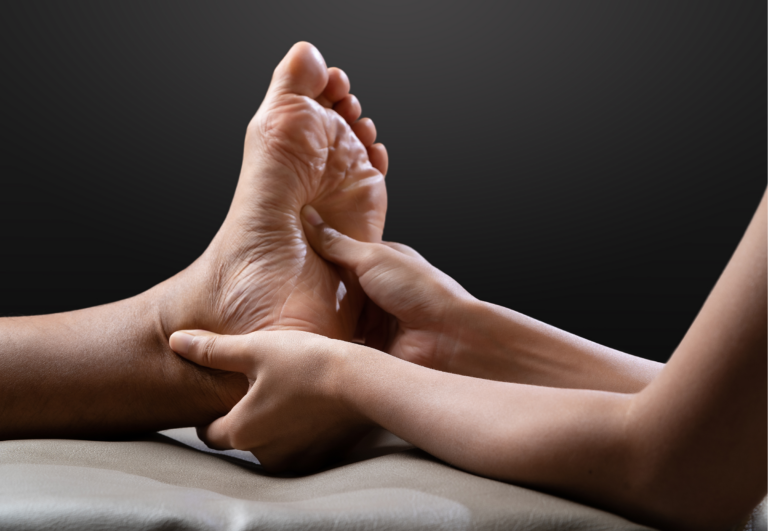Toe Alignment Exercises: Enhancing Foot Health and Mobility
Toe alignment exercises can be a simple yet effective way to maintain foot health and improve your overall comfort when standing or walking. As a toe spacer expert with practical experience, I understand the importance of keeping our toes properly aligned. It’s not just about aesthetics—proper toe alignment helps distribute your weight evenly across your feet, which can alleviate pain and prevent issues like bunions or hammertoes.
Regularly practicing toe alignment exercises can also enhance your balance and stability. These exercises are designed to strengthen the muscles around your toes and feet, supporting the joints and promoting better posture. Simple routines like toe spreads, raises, curls, and stretches are easy to do at home and require no special equipment.
By integrating toe alignment exercises into your daily routine, you can keep your feet healthy and ensure each toe functions as it should. These movements can be especially beneficial if you spend a lot of time on your feet or if you wear shoes that cramp your toes. Remember that persistent pain or misalignment should be evaluated by a professional, as these exercises are part of a proactive approach to foot health rather than a substitute for medical treatment.
Toe Alignment Exercises – a Step-by-Step Routine
Toe alignment exercises can help correct imbalances in the feet and improve overall foot function.
Here’s a step-by-step routine to help align your toes:
- Toe Spreading:
- Sit comfortably with your feet flat on the floor.
- Spread your toes apart as wide as you can without straining, hold for a few seconds, and then relax.
- Repeat this exercise several times to help increase the space between your toes.
- Big Toe Presses:
- Sit or stand with your feet flat on the ground.
- Focus on pressing your big toe down into the ground while lifting the other four toes.
- Hold for a few seconds, then switch by lifting the big toe and pressing the other toes down.
- This exercise helps strengthen the muscles that control toe alignment.
- Toe Squeezes:
- Place a small, soft object, like a sponge or cotton ball, between each of your toes.
- Squeeze the object by bringing your toes closer together, hold for a few seconds, and then release.
- This can help improve the strength of the muscles that pull your toes together.
- Toe Curls:
- Place a towel flat on the floor in front of you while seated.
- Use your toes to grasp the towel and curl it towards you, then release.
- This exercise strengthens the muscles under the feet and helps with toe flexibility.
- Heel Walks:
- Stand up straight and then lift the front of your feet so you are standing on your heels.
- Walk around like this for a short distance to help strengthen the muscles in the back of your legs and improve toe alignment.
- Ball Roll:
- Sit down and place a tennis ball or golf ball under the ball of your foot.
- Roll the ball back and forth from the ball of your foot to the heel, applying gentle pressure.
- This can help relieve tension in the plantar fascia and improve toe alignment.
- Toe Yoga:
- While seated or standing, try to lift each toe individually, starting with the big toe.
- Work on lifting and then lowering one toe at a time without moving the others.
- This exercise improves toe dexterity and encourages proper toe alignment.
- Resistance Band Exercises:
- Loop a resistance band around your big toes.
- While keeping your heels together, rotate your feet outward against the resistance of the band to work the muscles that promote proper toe alignment.
Remember to perform these exercises slowly and gently to avoid overstretching or injury. Consistency is key, so try to incorporate these exercises into your daily routine for the best results. If you experience pain or discomfort beyond mild stretching sensations, stop the exercise and consult a healthcare professional.
Toe Alignment Overview
In our journey to foot health, knowing how toe alignment affects overall well-being is key. I’ll guide you through the anatomy, the importance of proper alignment, and what happens when toes go askew.
Anatomy of the Foot
My experience with toe spacing has taught me that the foot is a complex structure made up of bones, joints, and ligaments. The toes consist of phalanges, with three bones in each toe, except for the big toe, which has two. Proper alignment means these bones are well-positioned, which supports the arch and contributes to a stable ankle.
Key Components in the Foot’s Anatomy:
- Bones: 14 phalanges in toes, 5 metatarsals in forefoot.
- Joints: Hinge joints at the base of the toes for motion.
- Ligaments: Tissues connecting bones, important for maintaining foot alignment.
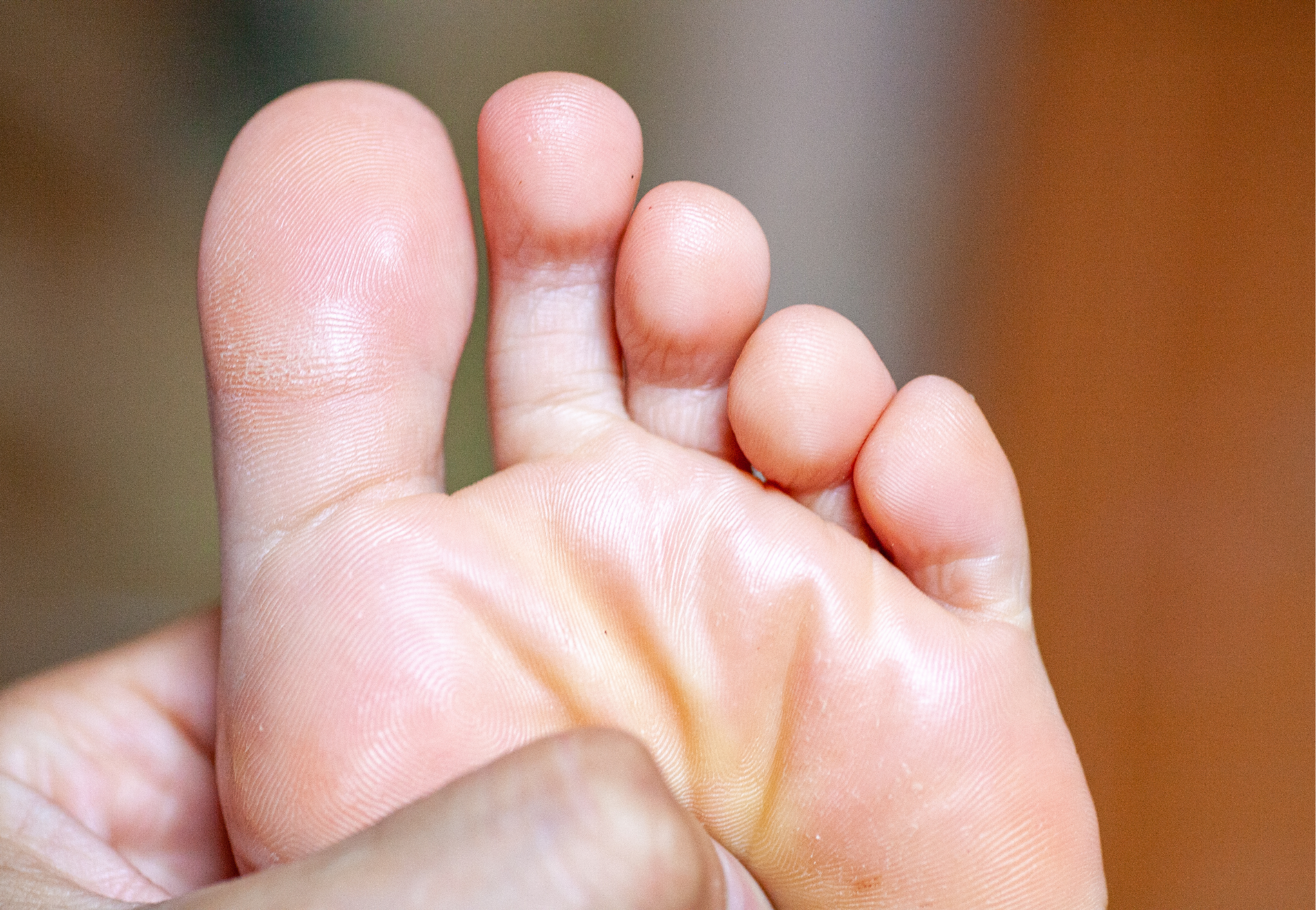
Importance of Proper Toe Alignment
A correct toe alignment influences balance and weight distribution across the feet. I’ve noticed that properly aligned toes help maintain the foot’s arch and promote healthier walking patterns. When toes are aligned, there’s less strain on the ankle and a reduced risk of developing bunions or hammertoes.
Why Proper Alignment Matters:
- Balance and Stability: Directly impacts how we stand and walk.
- Prevention: Helps ward off common deformities like bunions.
Common Toe Misalignments
Misalignments like hammertoe or bunions often signal that the delicate balance in foot anatomy is disrupted. My experience has shown that hammertoe is a bend in the toe joint, pushing the toe upwards. Bunions form as a bony bump at the big toe’s base, often due to tight footwear or pressure over time.
Types of Misalignments I Often See:
- Hammertoe: The toe is bent downwards at the joint.
- Bunions: Painful protrusions at the base of the big toe.
In addressing toe alignment, I focus on creating balance through proper toe spacing and exercises that reinforce natural foot posture. This approach can provide both comfort and functional benefits. Remember, while I share this expertise, I advise consulting a healthcare professional for personalized medical advice.
Diagnosing Alignment Issues
Diagnosing toe alignment issues is the first step towards addressing foot health. It’s important to understand the symptoms, know when to consult a podiatrist, and be aware of the tools used for a professional diagnosis.
Symptoms of Misalignment
Misalignment in the toes often presents with noticeable signs and discomfort. Common symptoms include:
- Pain or inflammation in the toes or feet
- Difficulty walking or discomfort when wearing shoes
- Toes that are visibly overlapping or underlapping neighboring toes
Recognizing these symptoms early can help prevent further complications in your foot condition.
When to See a Podiatrist
Consulting a healthcare professional is crucial if persistent symptoms occur:
- Consistent pain that doesn’t subside with rest or home exercises
- Noticeable deformities in toe structure
- Any difficulty in toe movement or daily functions due to toe alignment
If any of these signs are present, it’s time to make an appointment with a podiatrist.
Professional Diagnosis Tools
Upon visiting a healthcare professional, they might use various diagnosis tools:
- An X-ray to view the bone structure and determine the extent of misalignment
- Physical examination to assess inflammation, flexibility, and pain levels
A doctor’s evaluation will lead to a clear diagnosis, which is essential to setting up the proper treatment plan.
Essential Toe Alignment Exercises
Keeping your toes properly aligned is key for balance and foot stability. Through specific exercises that stretch and strengthen the muscles, you can enhance toe flexibility and strength.
Toe Stretches and Flexibility
Toe stretches improve mobility and can alleviate discomfort from conditions like bunions.
- Big Toe Stretch: Sit with your feet flat on the floor and your back straight. Lift and extend your big toe while keeping the others flat. Hold for a few seconds, then release. Repeat 10 times.
- Toe Lifts: Keep your heel on the ground and lift all your toes. Stretch them as far apart as possible then lower them to the ground. Perform 10-15 repetitions.
Strengthening Exercises for Toe Muscles
Strengthening exercises can prevent and correct misalignments in the toes.
- Toe Curls: Place a towel on the floor and curl your toes to scrunch it toward you. This enhances toe strength and control. Do 10-15 curls with each foot.
- Heel Raises: Stand with feet shoulder-width apart. Lift your heels so you are on your tiptoes, then curl your toes in. Hold for 5 seconds, then lower them. Repeat 10 times for better toe flex and muscle reinforcement.
Footwear and Supportive Devices
Proper alignment of the toes can be significantly influenced by the shoes we wear and the supportive devices we use. Choosing the right footwear and orthotic aids can be crucial in maintaining foot health and preventing or addressing alignment issues.
Choosing Correct Footwear
When selecting shoes, a wide toe box is essential to allow natural toe splay. This allows the toes to spread out and reduces the risk of ailments such as bunions. Footwear should provide a proper fit; it should neither be too tight nor too loose, and it must be comfortable for walking and other activities.
- Recommendations for toe-friendly footwear:
- Shoes with a wide toe box
- Snug, but not tight, fit around the heel
- Low heels; preferably flats or footwear with a slight elevation only
Avoid shoes with high heels and narrow toe boxes, as they can cause the toes to be confined, leading to misalignment and discomfort.
Use of Orthotics and Splints
Orthotics are inserts placed inside the shoe to support the foot’s natural shape, help distribute pressure, and assist in aligning the tendons and bones. Custom orthotics fitted to your feet can provide targeted support and relieve pressure on the toes. Splints and separators can be beneficial for specific conditions, such as bunions, by holding the toes in a more natural position for extended periods, promoting realignment.
- Supportive device options:
- Custom orthotics for personalized support
- Gel or foam pads for cushioning and pressure relief
- Toe splints and separators to encourage realignment
It’s important to speak to a foot care specialist for an adjustment of any orthotic device to ensure that it fits well and offers the correct support. Remember, while I can share knowledge from experience, always consult a healthcare professional for medical advice tailored to your individual needs.
Advanced Care Techniques
For those seeking to enhance toe alignment, understanding and addressing underlying health conditions is crucial. Advanced techniques, including surgical and non-surgical treatments, offer additional avenues for managing toe-related issues effectively.
Dealing with Underlying Conditions
I always emphasize the importance of addressing any underlying conditions that could be contributing to improper toe alignment. Conditions like arthritis or plantar fasciitis may require specific exercises that target the plantar fascia or therapy focused on reducing inflammation in the joints. It’s vital to also consider the role of the Achilles tendon in maintaining proper foot mechanics. Strengthening and stretching this tendon can help mitigate stress on the toes and provide pain relief.
Surgical and Non-Surgical Treatments
For more severe cases, such as a developed bunion, treatments may extend beyond exercises. Non-surgical options include toe spacers, which can realign the toes and alleviate pressure, or orthotics to correct foot posture and distribute weight evenly. When non-surgical approaches do not provide adequate relief, surgeries like bunionectomy or osteotomies could be considered. These procedures aim to correct bone deformities and improve foot function. It’s important to have a thorough consultation with a healthcare provider to discuss the best treatment plan tailored to your needs.
